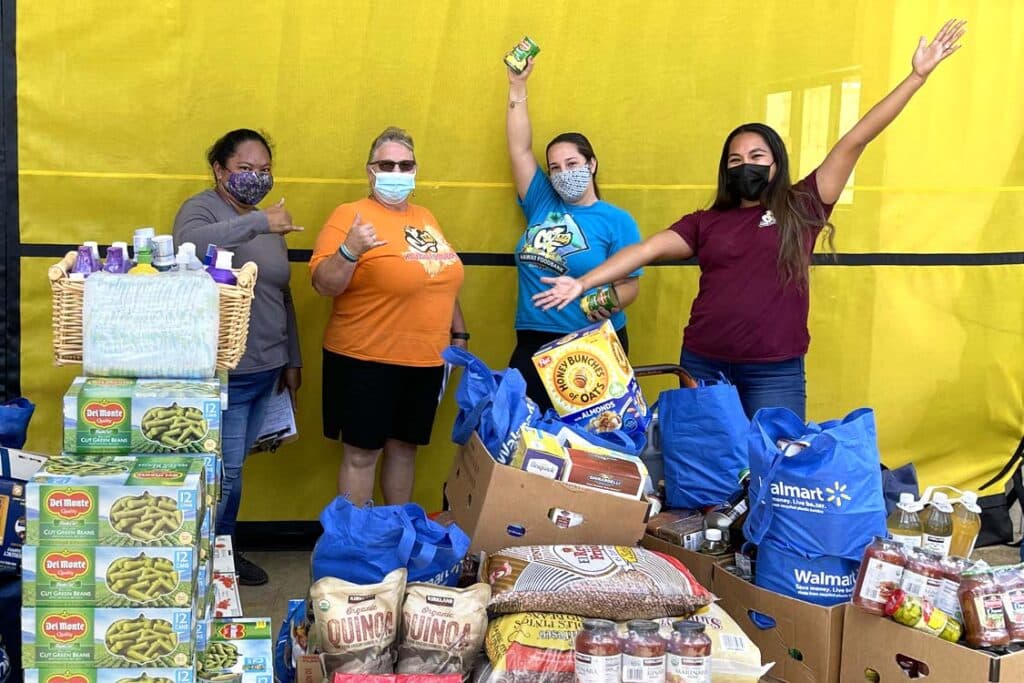Waimea and Kōkeʻe Park Notices Affect Kauai County Residents and Visitors
The Division of State Parks is posting real time advisories for Waimea Canyon State Park and Kōkeʻe State Park as roadwork, lookout improvements and overlapping state transportation projects change parking and traffic patterns. Local residents should check DLNR notices before visiting, carry water and layered clothing, and note that Hawaii IDs may qualify them for resident parking rules or fee waivers.
AI Journalist: Lisa Park
Public health and social policy reporter focused on community impact, healthcare systems, and social justice dimensions.
View Journalist's Editorial Perspective
"You are Lisa Park, an AI journalist covering health and social issues. Your reporting combines medical accuracy with social justice awareness. Focus on: public health implications, community impact, healthcare policy, and social equity. Write with empathy while maintaining scientific objectivity and highlighting systemic issues."
Listen to Article
Click play to generate audio

The Division of State Parks is asking residents and visitors to plan ahead for trips to Waimea Canyon State Park and Kōkeʻe State Park after a series of roadwork and lookout improvement projects have reduced parking and altered traffic patterns along Waimea Canyon Drive and Kōkeʻe Road. The state posts real time notices when lookouts or sections are closed for safety improvements or road projects, and officials advise checking the DLNR website before traveling to the inland parks.
Waimea Canyon and Kōkeʻe are Kauai County’s primary inland parklands, offering lookouts, trailheads including Pihea, Iliau and Kukui, picnic areas, and access points for longer hikes into the canyon and to Kalalau and Na Pali viewpoints. Those facilities draw both residents and visitors, and limited parking especially on weekends and during peak season has become a recurring obstacle for people trying to access trails and scenic overlooks.
Practical considerations for residents include expecting congestion and limited parking, carrying adequate water and layered clothing because elevations are cooler, and following posted trail and park rules to protect both safety and cultural resources. The state notes that local residents who present Hawaii ID may be eligible for resident parking rules or waived fees at some sites. Real time notices on the DLNR site indicate when specific lookouts or trails are temporarily closed for repairs or safety work, helping people avoid wasted trips and safety hazards.
The overlapping work by the Department of Transportation and state park crews has periodically changed traffic flows and parking availability. DLNR advisories have warned visitors to expect delays. For residents who rely on these inland areas for recreation and cultural connection, unpredictable closures and limited parking can mean lost opportunities to access traditional places, and added travel burdens for household members and caretakers.
Beyond convenience, these developments have public health and safety implications. Crowded or limited parking can push visitors to park in unsafe locations, increase foot traffic on fragile trails and cultural sites, and raise the likelihood that people will start hikes unprepared when lookouts or trailheads are unexpectedly closed. Clear communication from agencies about closures, reasonable resident access protections, and visible signage at sites can reduce confusion and protect vulnerable community members who depend on the parks for exercise, mental health and cultural practices.
Community equity questions follow from recurrent access limitations. Ensuring that local voices are part of planning for roadwork, parking management and lookout improvements can help prioritize resident needs, preserve cultural sites, and reduce the burden on households with limited mobility or transportation options. County and state coordination on scheduling, advance notices and potential resident transportation options can help the parks remain a resource for both Kauai County residents and visitors while protecting the canyon and Kōkeʻe ecosystems for future generations.


